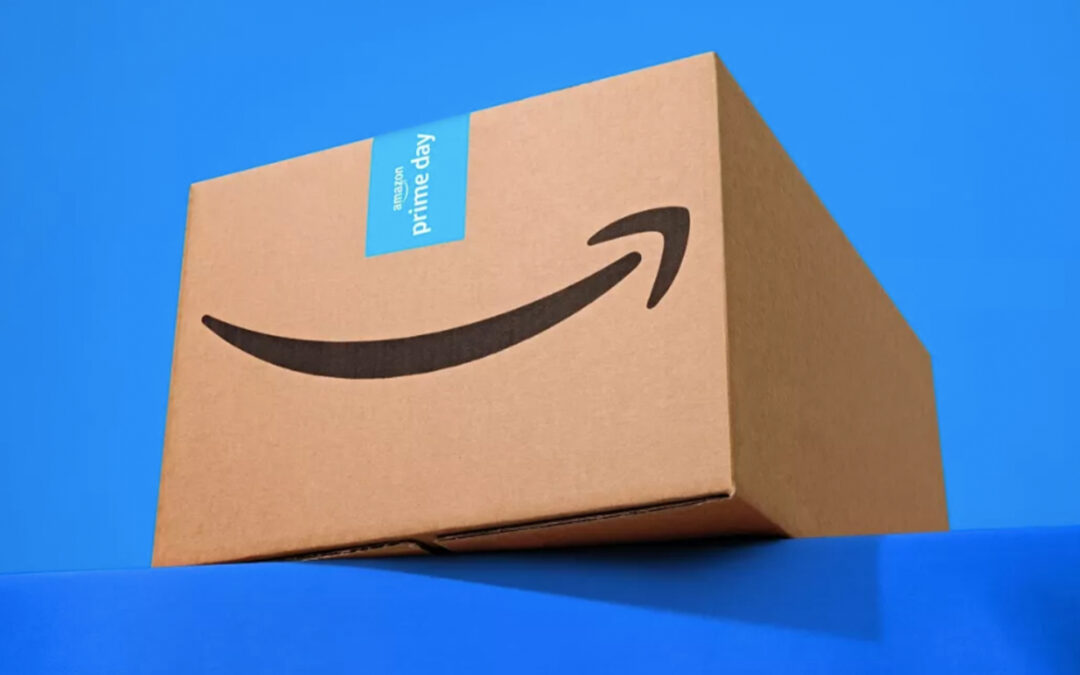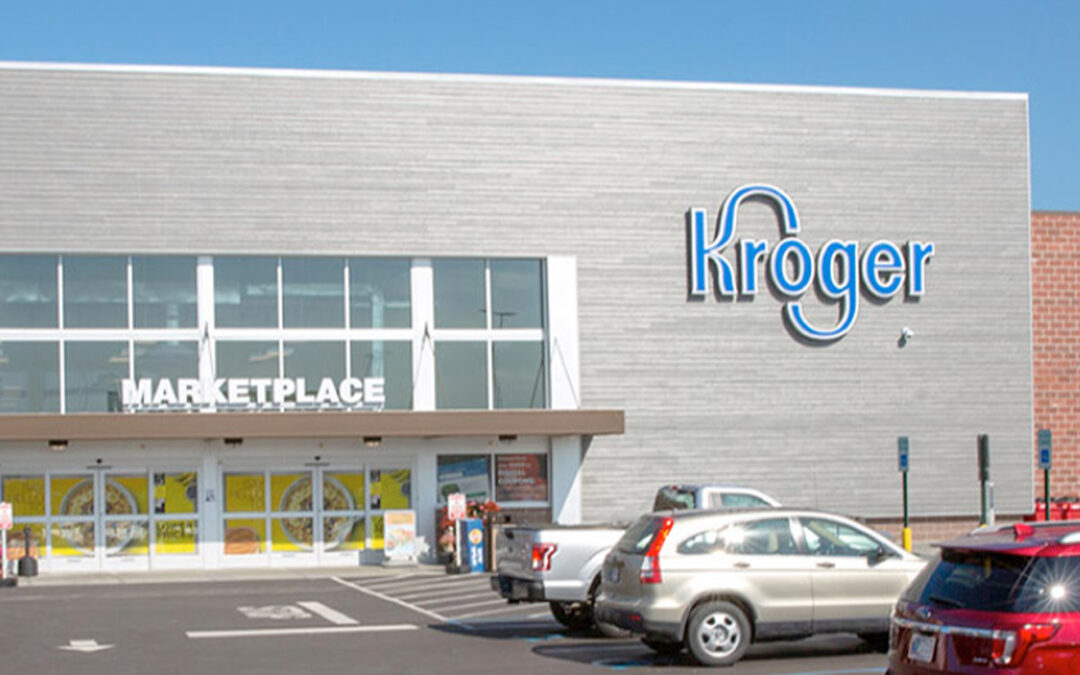Consumers in the United States want to go back to their old, pre-pandemic shopping habits while maintaining those they developed while COVID-19 kept them homebound, according to a Consumer Pulse study by McKinsey & Co.
More people across the country have discovered that they like shopping online, but they’re also going back to brick-and-mortar stores, the market research firm asserted. They’re venturing out of the homestead but continuing to spend money on home improvement. And in their mixed frames of mind, consumers are willing to abandon their once-preferred brands in favor of new ones that offer value or novelty, according to the McKinsey study.
Inflation hasn’t squelched spending, at least not yet. As inflation in the United States grew to almost 8.5% in March consumers continued to spend, McKinsey indicated. Indeed, spending gained 18% in March 2022 versus two years earlier. One reason for that is U.S. consumers had $2.8 trillion more in savings than they had in 2019, and they dipped into it as pandemic restrictions eased across the country. At the same time, credit card debt is starting to rise. People in every age and income cohort spent more money, according to the study, with year-over-year spending growth highest among Millennials, at 17% and high-income consumers, at 16%. That said, consumer sentiment began to dip in late February. The steepest drop in consumer confidence was among high-income consumers.
U.S. consumer spending stayed robust through March 2022, McKinsey stated, although nominal year-on-year growth was less than in late 2021.
Consumers continue to spend more on certain product categories, including those that gained in the pandemic such as sporting apparel, pet supplies, cosmetics, software and electronics. In some other categories, including gasoline, restaurants, and travel, inflation has masked a drop in volume of consumption, McKinsey reported.
At the same time, more U.S. consumers reported switching to different brands and retailers in 2022 than at any time since the beginning of the pandemic, McKinsey noted, as inflation shakes up the economy and shoppers look for value. Price has risen to the top of the list of consumers’ motivations for switching brands.
Availability, which was a major reason for switching brands in 2020 and 2021, when some brands couldn’t keep up with demand and were constantly out of stock, is no longer a major reason, according to the McKinsey study. Meanwhile, the study indicates brand purpose is now less of a buying factor for consumers than it was two years ago. Still, consumers are keen to try something different, making innovation imperative for brands that want to win or win back consumers.
Although they are returning to stores, consumers still embrace online shopping. Year-over-year growth in e-commerce was 27% in March 2022 and the total uplift in e-commerce penetration, from the onset of COVID-19 until March 2022, was 33%, McKinsey pointed out. At the same time, in-store spending is recovering at a healthy clip with 8% year-over-year growth in March 2022 versus 5% in early 2021.





